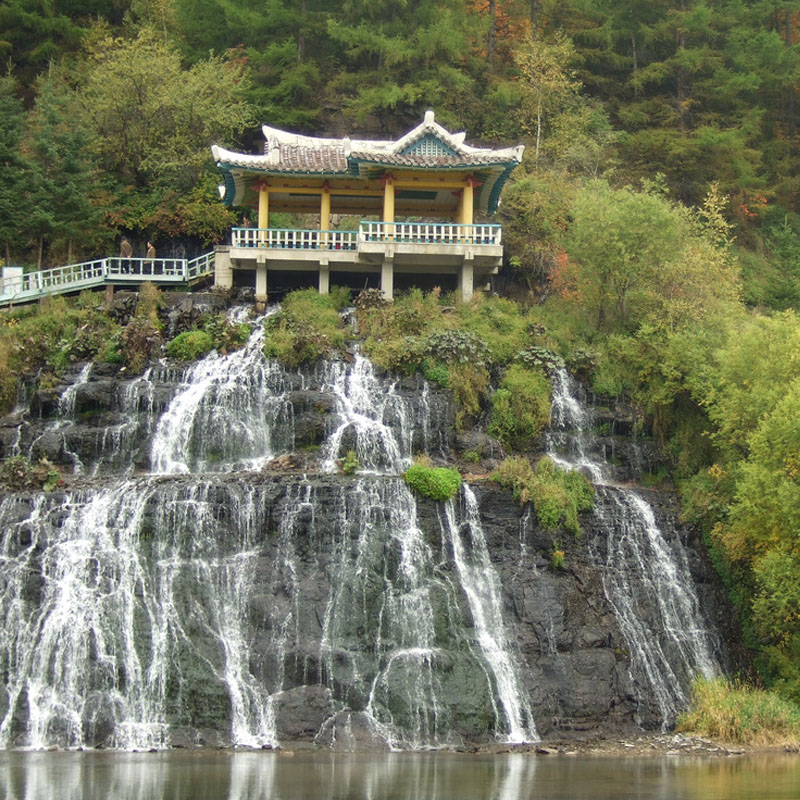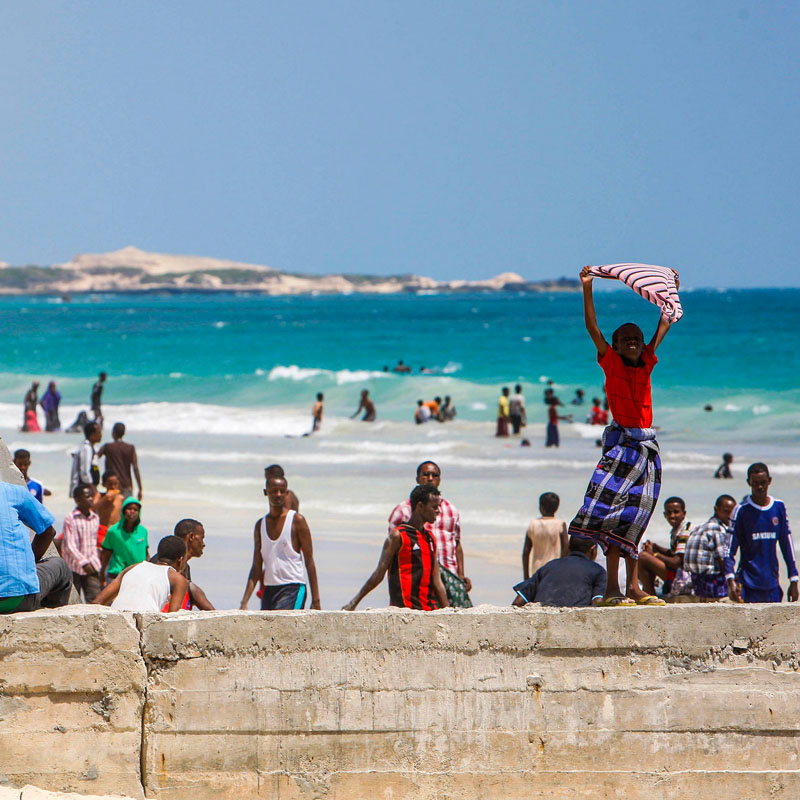One of travel’s great gifts is the people it gives us, if even we only encounter them briefly.
Through these new people from new places we’ve perhaps not been before, we experience diversity of race, culture, beliefs, practices, cuisine, lifestyles. We get to know what the world is like outside of our own world. Even if it’s them visiting us on our soil rather than the other way around.
Some people don’t seem to want that, for one reason or another, and so we have a travel ban in the United States, among other exclusionary goings on. But since we don’t talk politics on this blog, I’ll just leave that there.
What we do talk about is travel, and as travelers, it is our responsibility to know more about places in the world than sticking solely to the narrative “they” want us to know. Regardless of the issues in the seven called out countries, whose citizens with no ties to the U.S. now won’t be allowed in, I think we can all agree that no country comes issue-free. Part of being a traveler means acknowledging that and still seeking to know another side of things.
So here’s a list—a bright side of sorts—highlighting something good each of these countries has contributed to the world, to culture and to life.
Iran

Apart from its ornate mosques and some of the most beautiful, intricate pottery and tile work in the world, Iran is known for its warm people and landscape that’s both a desert and a skiing spot. Esfahan, a city in central Iran, has been called one of the most beautiful cities in the world. There, blue mosaic tiles abound and you can get lost in huge bazaars where you’ll be parting with your Iranian rial to get some of those Persian rugs and jewels everyone is always on about.
Libya

Because Libya was closed off to international tourism for so long, the country was able to preserve its classical ruins better than most, and many of these gems are UNESCO World Heritage sites. Sabratha (pictured above) was established around 500 BC and was part of the Roman empire. It’s been kept in such good shape, it’s said that you can still see the colored tiles that lined the forum baths that were there.
North Korea

So this one was a little more challenging and I am not advocating for traveling to North Korea, but since we’re on a mission to find silver linings, it’s worth noting that North Korea has a beautiful natural landscape, and its Complex of Koguryo Tombs, a UNESCO World Heritage site, consists of 30 ancient tombs dating as far back as 37 BC.
Somalia

Though Somalia has long suffered from poverty and strife, it’s also home to some of the longest, prettiest beaches in Africa. The people are friendly and markets in the country’s capital of Mogadishu offer up prime fabrics and locally-made leathers. In the 13th century, Mogadishu was a wealthy city thanks to trading with Persia, India and China. Things that make you go hmm.
Syria

Syria is one country truly rich in history and treasures, with remnants of ancient Rome and the Ottoman empire. The Roman theater of Bosra (pictured above) is one of those ancient relics that would be a treasure to see. It was built in the second century AD and was once the capital of the Roman province of Arabia. The theater at Bosra is said to be the largest in the Roman world and one of the best preserved. Also, if you get your hands on some vintage Bedouin jewelry at the souk in Aleppo, you’ll be in business.
Venezuela

In Venezuela, there’s a little bit of everything where the landscape is concerned. There are drool-inducing beaches (like the one pictured above) on the Caribbean coast, Amazonian jungles in the south and the snowcapped Andes mountains in the west. There are also pink sand beaches, the world’s highest waterfall and endless, undoubtedly delicious empanadas that deserve to be eaten.
Yemen

Yemen, though largely untouched by the outside world, is home to some of the most traditional Arabic architecture in the world, like Sana’a (pictured above). The UNESCO World Heritage site is one of the oldest continuously inhabited cities in the world and it’s said that Noah’s (yes the Noah with the ark) son founded it, which is pretty cool to consider, whether you believe it or not.
